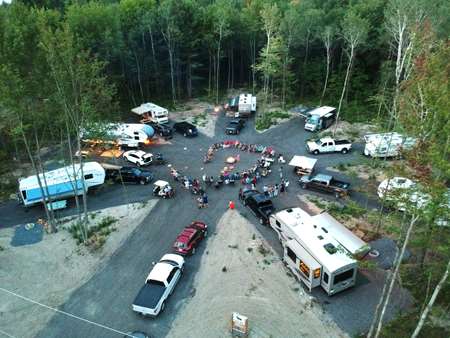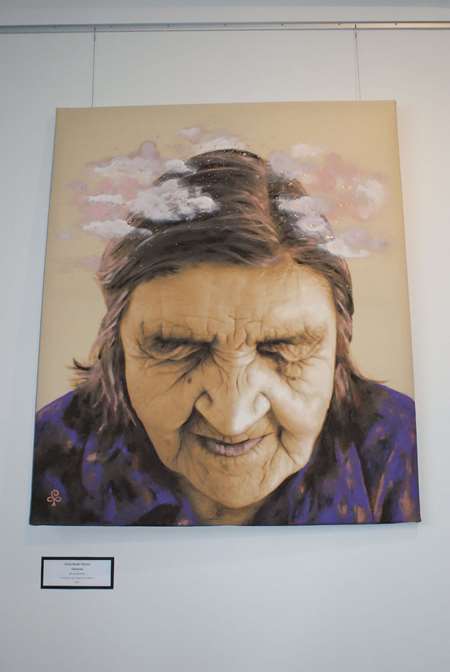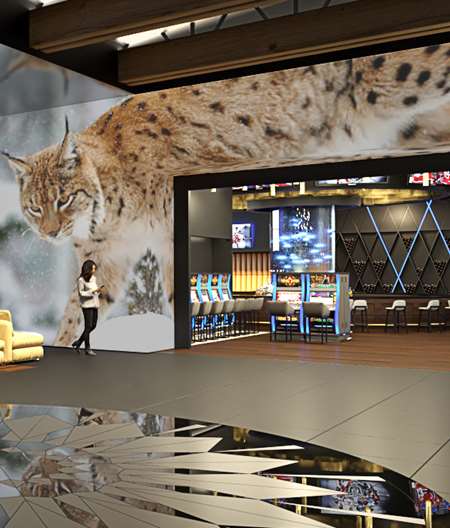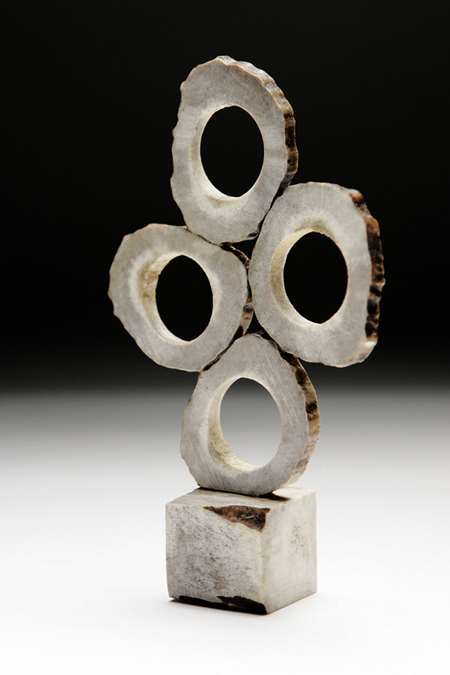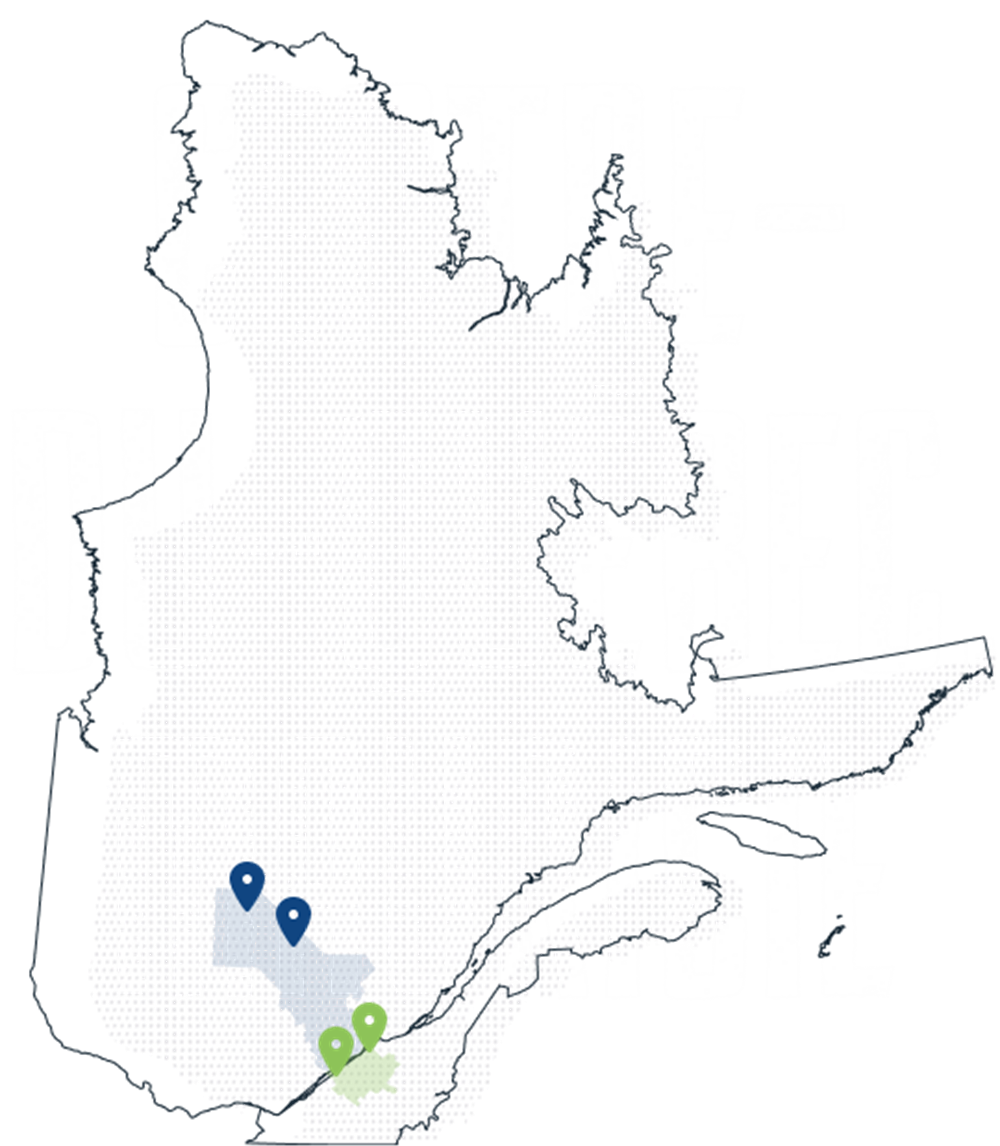
At the crossroads of cultures
Set in the mountainous wilderness, the Mauricie region is an epitome of duality, where the urban life of the St. Lawrence Valley meets the untamed backcountry. To the north, live the Atikamekw. To the south, in the Centre-du-Québec region, live the Abenaki.
In Wemotaci and Opitciwan, the Atikamekw, once known as “Ball-Heads” for their hairstyle, still live close to their traditional values, with a deep respect for the environment even as they drive their sustainable economic development. Odanak and WôIinak are Abenaki settlements on the fertile plains of Centre-du-Québec, south of the Saint Lawrence. They are well known for their bark craftsmanship, as well as their basket-weaving skills using ash tree and sweetgrass.
To discover
Communities
Odanak
The Abenaki community of Odanak, which means in the village, is located in Centre-du-Québec, on the east bank of the Saint-François River. It is home to the oldest Indigenous museum and the first CEGEP dedicated to Indigenous education in Quebec. Tourism is an economic pillar that contributes to the preservation of culture and tradition.
Wôlinak
This Abenaki community, established near the Bécancour River, still values hunting, fishing and other traditional activities in nature. Wôlinak means the river with the long detours. In the 17th century, the Abenaki travelled up and down the river to access their winter hunting grounds in the vast forest.
Opitciwan
On the north shore of the Gouin reservoir, 280 km west of Roberval, lies the Atikamekw community of Opitciwan. The name means "current of the strait".
Wemotaci
In this Atikamekw community, the local economy is based on arts and crafts, forestry, outfitting and trapping. The Hudson’s Bay Company even used to have fur trading posts in the area. Most of the community members still speak Atikamekw as their first language. Atikamekw is the most widely spoken Indigenous language in Quebec.


